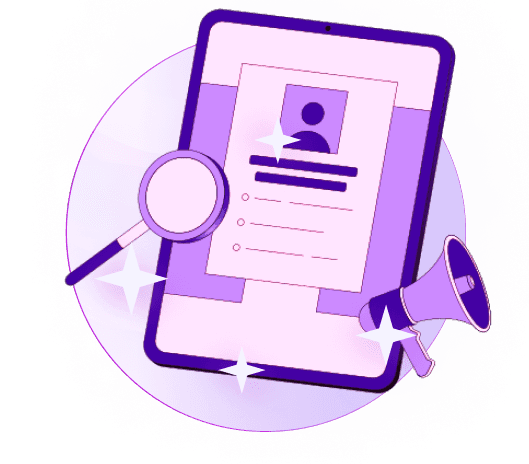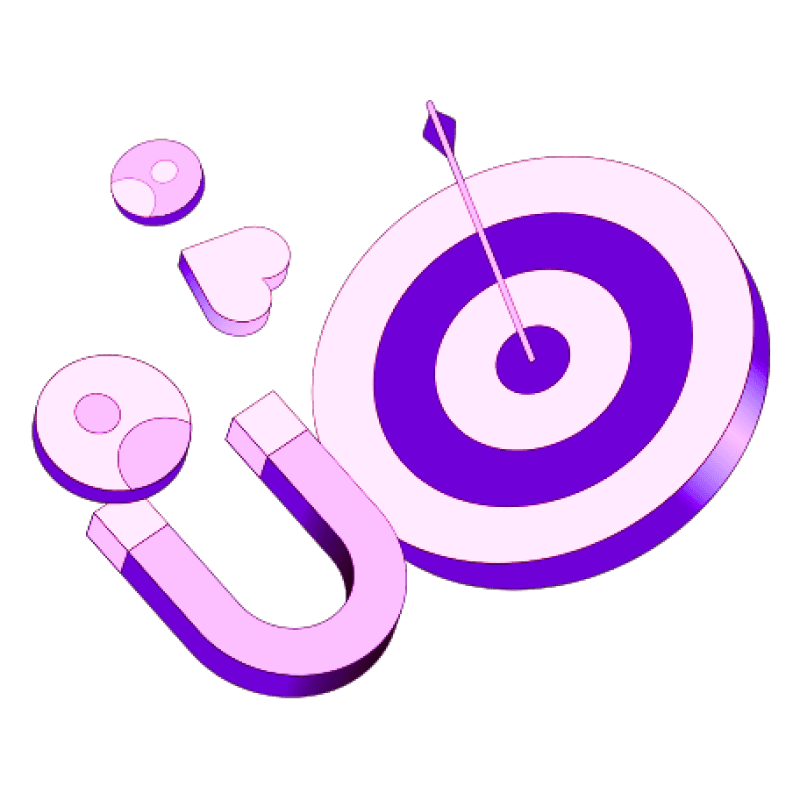Blogs
Articles

How to Integrate an AI Sales Agent into Your Workflow
You're only talking to 15% of your incoming leads? Don't worry - you're not alone.
In this piece, we'll show you how to blend an AI sales agent into your workflow. You'll learn everything from spotting where AI helps to tracking its performance after setup. Let's turn those missed opportunities into real business growth.
Identify Where AI Can Help in Your Sales Workflow
A full picture of your current workflow is essential before you can successfully implement an AI sales agent. You need to know exactly where AI will deliver the most value before making any investment.
Pinpoint repetitive or time-consuming tasks
Sales representatives spend only 37% of their time actually selling. They spend the rest on administrative work and activities that don't generate revenue. Your sales team's daily activities need a close look to spot tasks that eat up time without adding equal value.
These time-consuming activities are common roadblocks:
Manual data entry into CRM systems
Following up with leads through repetitive emails
Scheduling meetings and managing calendars
Generating standardized reports and proposals
Searching for information (each employee spends about 3.6 hours daily)
Research shows that today's technology can easily automate about one-third of sales and sales operations tasks. All the same, only one in four companies has automated at least one sales process—this is a chance to gain competitive advantage.
Assess current sales bottlenecks
Sales bottlenecks can cut your team's ability to close deals by 20-30%. These are points where deals slow down or stall in your pipeline. Your entire sales process needs mapping from lead generation to closed deals to find these obstacles.
Watch closely for:
Stages where deals stay stuck longer than average
Points where conversion rates drop suddenly
Areas where sales reps often need help
Processes that need multiple approvals or handoffs
Your sales representatives' direct input about their biggest roadblocks is crucial. CRM data analysis also helps spot patterns where prospects lose interest or deals stall.
Review if AI is the right solution
AI might not solve every sales challenge. Once you spot repetitive tasks and bottlenecks, think over whether AI technology is the right fix. The potential ROI matters—companies that use sales automation well see 10-15% better efficiency, and 61% of businesses that utilize automation exceed their revenue targets.
Start with one or two tasks that consume time and are easy to automate. This targeted approach helps you show value quickly before moving to complex processes. Your existing CRM and tools might already have automation features you haven't fully used.
Choose the Right AI Sales Agent Tool
The right AI sales agent tool makes a big difference in your sales process. The market has many options, and you need to evaluate several factors to make the best choice.
Compare no-code vs. custom-built solutions
No-code platforms let you create AI sales agents without writing code. You can use visual interfaces and pre-built templates instead. These tools cut down development time by a lot and make AI available to team members who don't have technical backgrounds. This means you can deploy agents in days rather than months.
Custom-built solutions give you total control over your AI agent. This path offers more flexibility for specialized workflows and merges better with in-house systems. You won't depend on third-party vendors either. Custom-coded solutions also work better for large-scale applications that have complex requirements.
Your project complexity, team skills, and resources should guide your choice between these options. No-code platforms like Persana.ai have accessible interfaces that help you add AI to your sales workflow quickly if you want faster results with limited technical resources.
Check CRM and channel compatibility
Integration with your existing CRM helps centralize data and create efficient workflows. Look for tools that either come with your CRM or merge naturally with your current system. Smooth connections between your AI agent, CRM, email systems, and communication channels cut out manual data entry and catch every opportunity.
Data protection features aren't optional. Your chosen solution must have encryption, access controls, and follow regulations like GDPR. Industry experts warn that poor protection can lead to data breaches and lost customer trust.
Review vendor support and pricing
AI sales agent prices vary across the board. Enterprise platforms usually cost between $50,000 to $200,000 in professional services fees and take 3-6 months to implement. Remember to add ongoing costs like licensing fees, training, and integration work to your budget.
Good vendor support can make integration much easier. Look for providers that offer solid training, documentation, and help with troubleshooting. The platform should also let you customize features for your business needs and grow as your company expands.
Train and Integrate the AI Agent
Your AI sales agent's success depends on proper training and integration. The right setup will turn your AI from a basic tool into a valuable team member.
Prepare training data and documentation
Persana serves as the foundation of any AI system that works. Start by gathering clean transcripts from your past sales calls, emails, and chat logs. Remove any outdated or irrelevant information that might confuse your model. Your internal content needs organization - product guides, FAQs, and competitor analyzes should go into a well-laid-out knowledge base. Label and sort these documents consistently so your AI can find relevant information quickly.
Your agent needs a clear role and function through form fields. Most platforms will suggest actions based on your CRM data. Write plain language guidelines to ensure compliance and protect customer data. This helps your agent interact with prospects appropriately.
Connect to CRM and communication tools
Your AI agent needs secure connections to your existing systems. The process starts with app registration in your CRM. You'll need to get API credentials and set up OAuth when required. Tools or connectors help simplify API calls for better integration. This uninterrupted connection lets your agent access lead data and track interactions automatically.
Set up lead qualification logic
A qualified lead meets specific criteria:
Website activity (pages viewed, product interactions)
Engagement history (email opens, downloads)
Firmographic data (company size, industry)
Behavioral signals that indicate purchase intent
Create clear task instructions to guide your agent's reasoning and actions. Write these as if you're explaining to a teammate. Include steps for handling errors and when to trigger specific tools.
Test the agent in a controlled environment
Test your AI agent with scenario-based inputs before going live. Run simulations in a controlled, virtual environment to spot problems early without risking real deployments. Use synthetic data in secure sandboxes to evaluate how your agent handles different customer interactions.
Set up feedback loops to improve your agent's behavior and capabilities based on performance data and user input.
Monitor, Measure, and Optimize Performance
Success with AI sales agents depends on careful performance monitoring and constant optimization after the system goes live. Your system needs specific metrics to measure results and track improvements.
Define success metrics and KPIs
Your AI agent's performance should match your original goals through specific key performance indicators. The efficiency metrics should include lead response time (ideally under 3 seconds), task completion rate (target above 85%), and error rate (maintain below 5%). Customer-focused metrics like conversion rates, engagement levels, and satisfaction scores will show how well the system works.
The conversation quality metrics will teach you more about:
Response time and conversation length
Number of conversions and qualifications
User satisfaction scores and feedback
Live snapshots of your AI agent's performance through dashboards help you spot trends and areas that need improvement.
Run A/B tests to compare outcomes
A/B testing shows what works best by comparing different versions of your AI sales approach. You can test variations in:
Email subject lines and message content
Call scripts and pitches
Follow-up strategies and timing
AI-powered A/B testing analyzes interactions live, unlike traditional testing that takes weeks. This creates a quick feedback loop for immediate improvements. The AI digs deeper into behavioral data and highlights winning strategies better than manual analysis.
Iterate based on feedback and data
Your AI sales agents need constant improvement to stay effective. The core team should review AI-driven conversations and score responses for accuracy. Both sales representatives and customers should provide feedback to make your AI model better.
The data explanation helps update your agent's training and configuration. This ensures it lines up with your changing business needs. Quality and scale need the right balance between automation and human oversight.
Your AI sales agent becomes more valuable when you watch its performance, test different approaches, and make improvements. This leads to better results and greater returns on your investment.
Bringing It All Together
Your business results can revolutionize when you add an AI sales agent to your workflow. This piece shows how AI helps you reach more leads than the small fraction you currently contact. The results speak for themselves - a 75% boost in customer satisfaction and an impressive 278% ROI.
Success starts when you pinpoint where AI creates the most value. Look at repetitive tasks that eat up your sales team's time and pipeline bottlenecks that slow everything down. The next step involves picking the right tool. You might choose a no-code platform for quick setup or a custom solution that fits your specific needs.
Quality data, proper CRM connections, and complete testing are the foundations of effective AI implementation. These elements help create an AI agent that improves your team's work instead of making it more complex.
Your AI journey continues well after deployment. Regular monitoring, A/B testing, and updates based on up-to-the-minute data analysis make your AI sales agent better over time. Companies win back time their sales teams spent on non-selling work and grab opportunities they would have missed.
Want these benefits for your business? Check out Persana.ai to find how their AI-powered solutions help you reach more leads and close more deals easily.

Create Your Free Persana Account Today
Join 5000+ GTM leaders who are using Persana for their outbound needs.
How Persana increases your sales results
One of the most effective ways to ensure sales cycle consistency is by using AI-driven automation. A solution like Persana, and its AI SDR - Nia, helps you streamline significant parts of your sales process, including prospecting, outreach personalization, and follow-up.



